Meet the artist reviving the colourful Polish Pajaki movement
***Rachel Khoo would like to thank all the inspiring people who helped make the Khoollect studio a hive of creativity. Although the Khoollect studio’s doors have now closed, you can keep up with Rachel’s newest adventures on RachelKhoo.com and on Rachel’s Instagram and Facebook pages – and, continue to enjoy the Khoollect website’s stories and recipes, which will remain available.***
You may also like
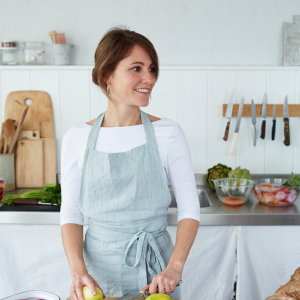
Meet The Food and Prop Stylist Preaching the New Art of Cooking
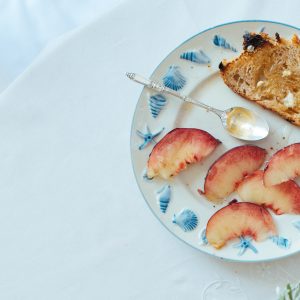
Khoollect Explores: A foodie filmmaker's guide to New York City

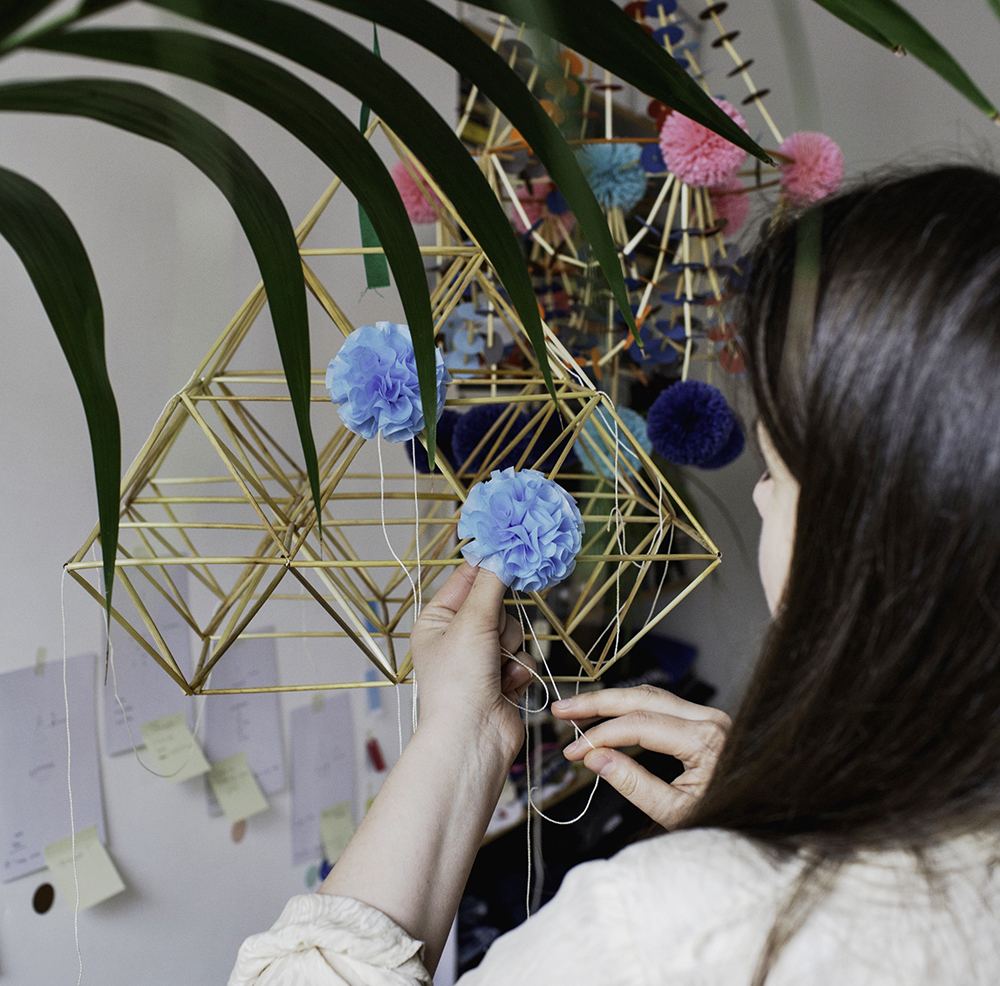
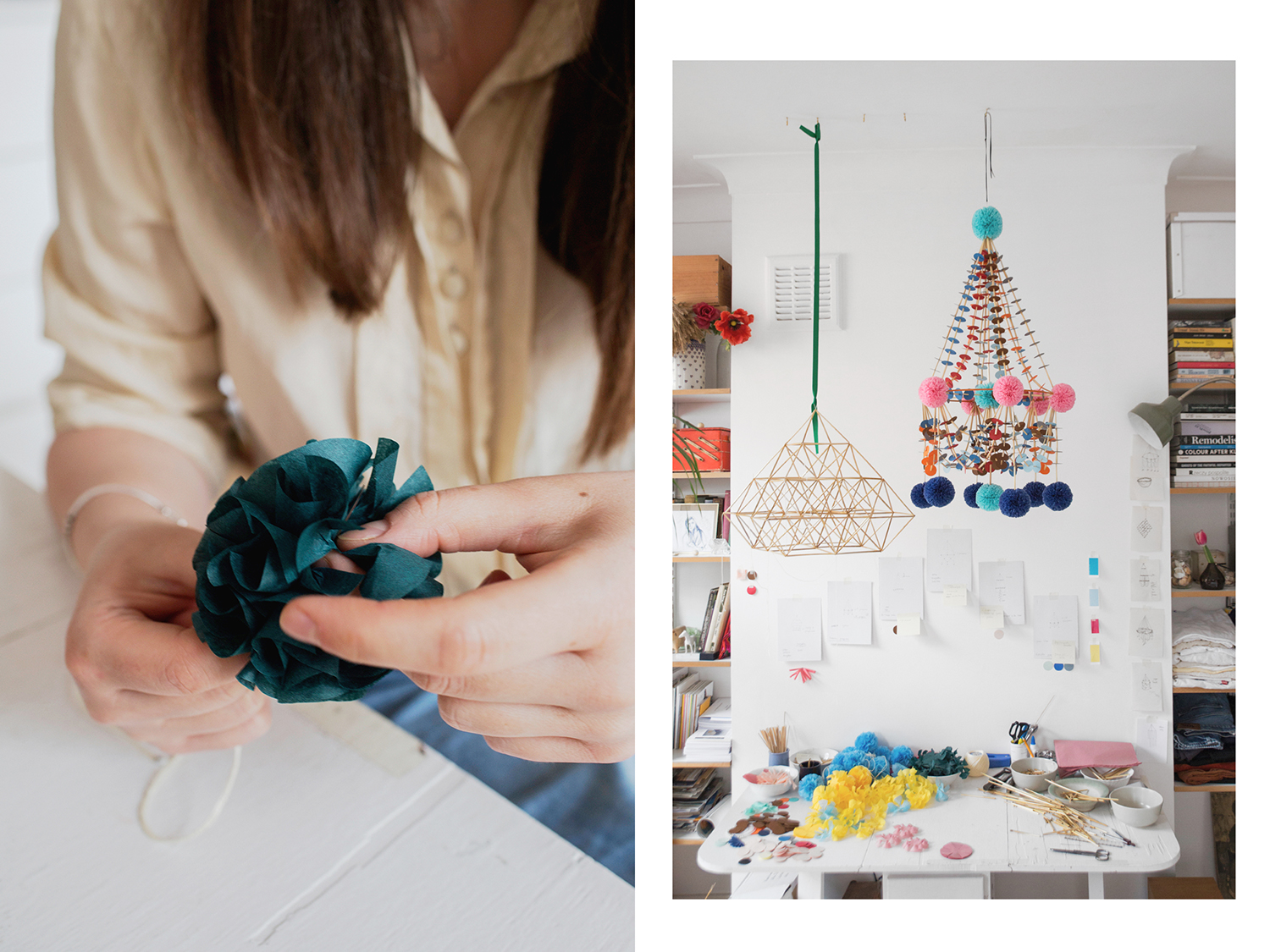
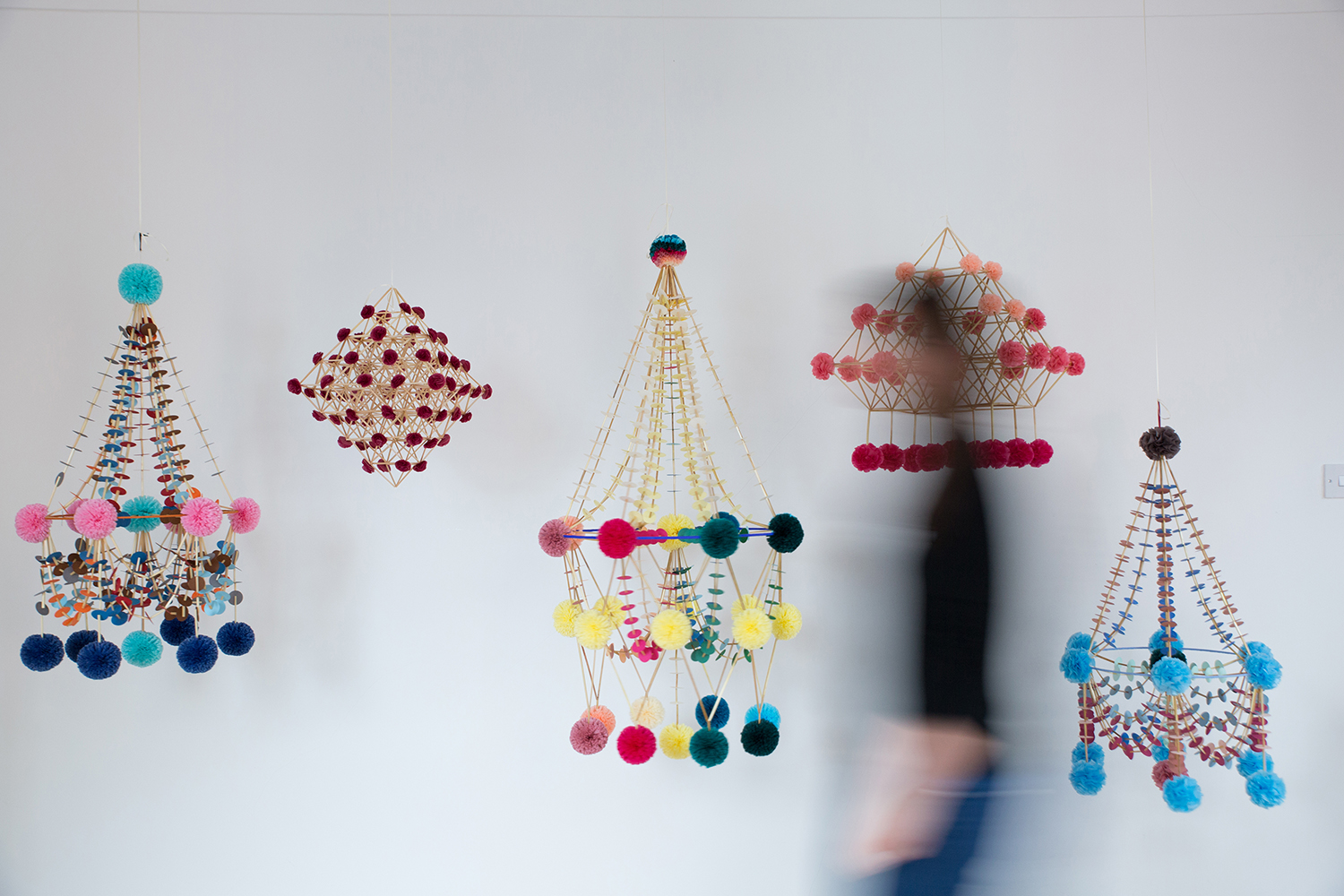
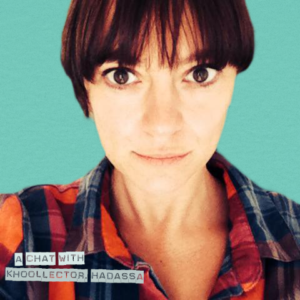




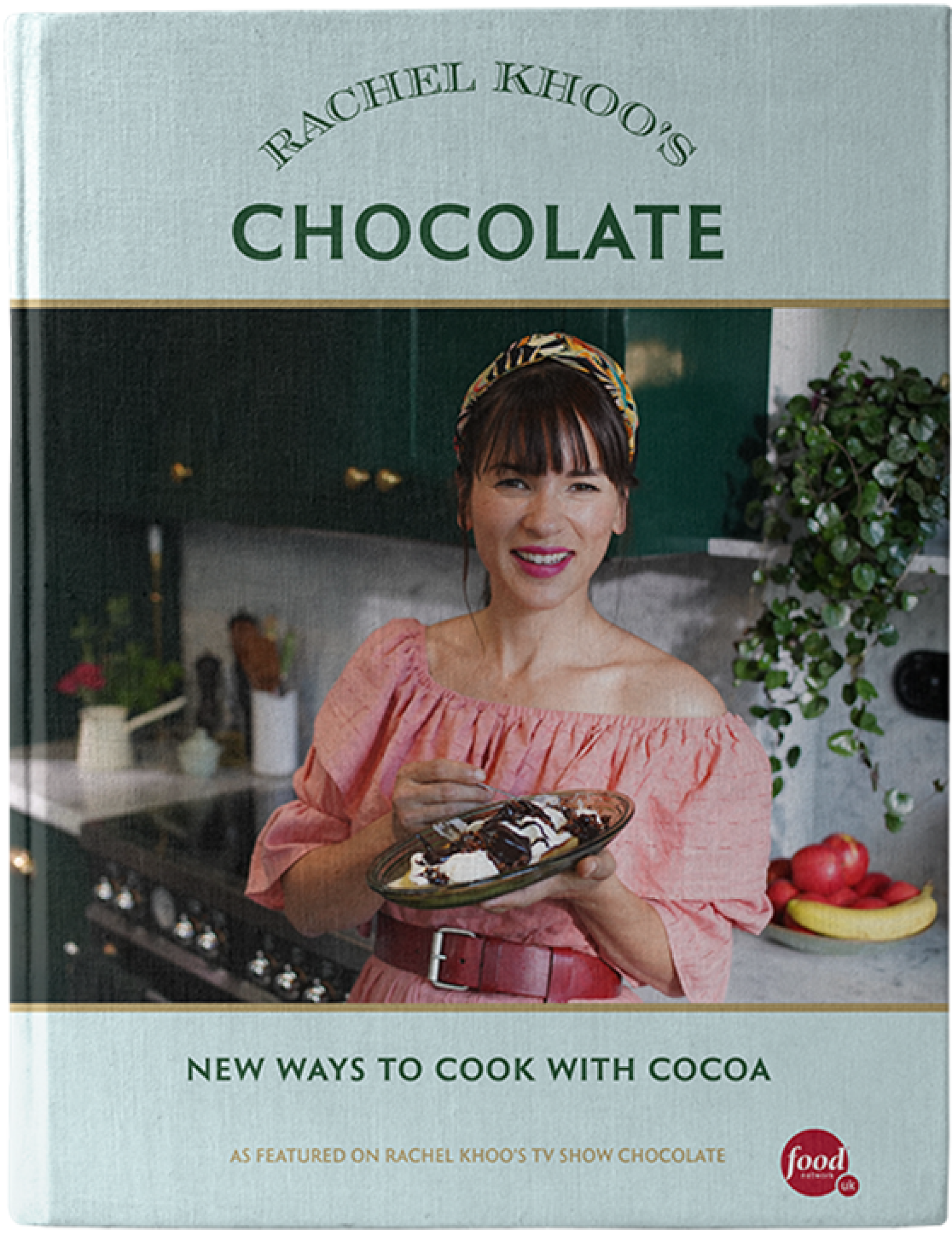
You must be logged in to post a comment.
No Comments »
RSS feed for comments on this post. TrackBack URL